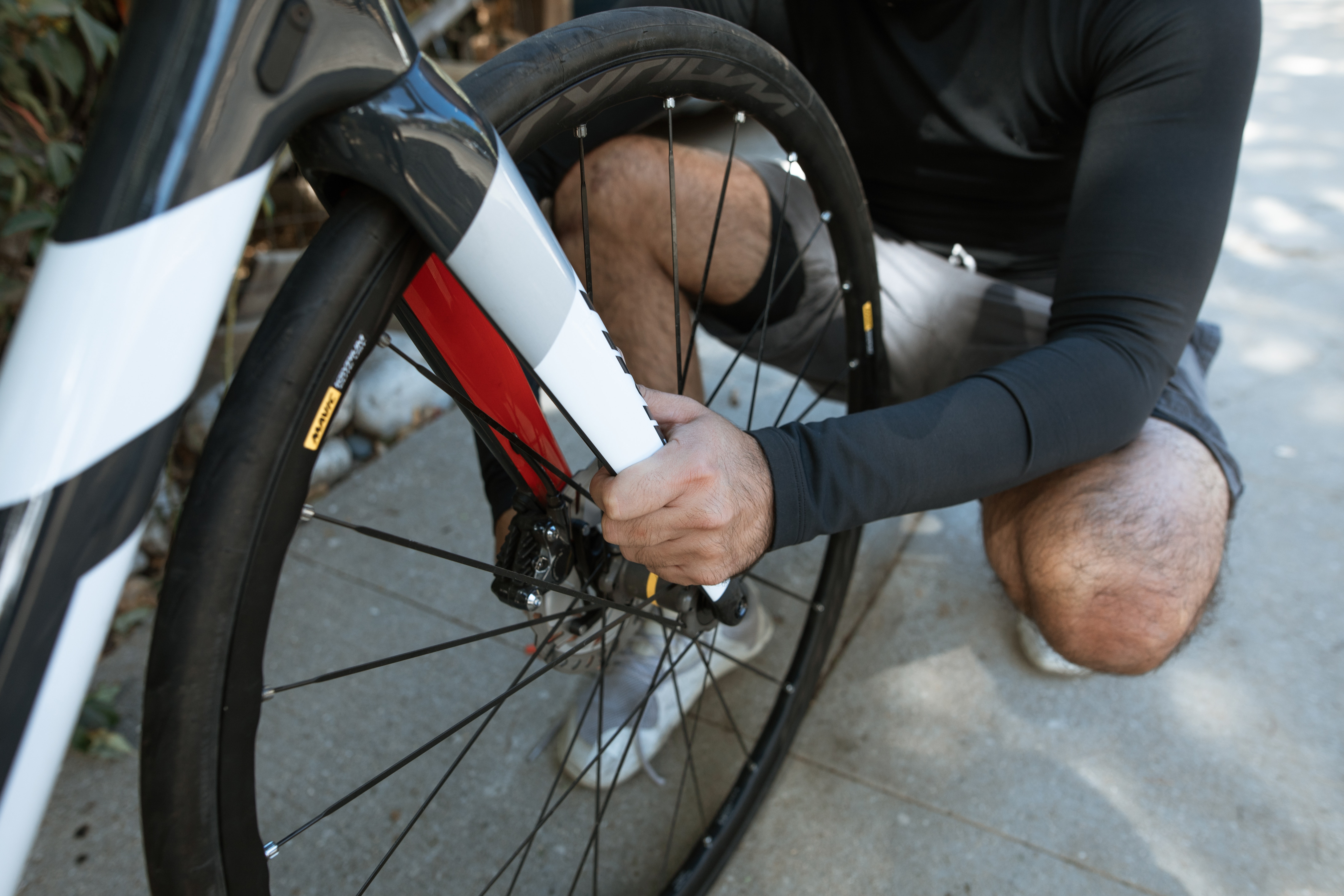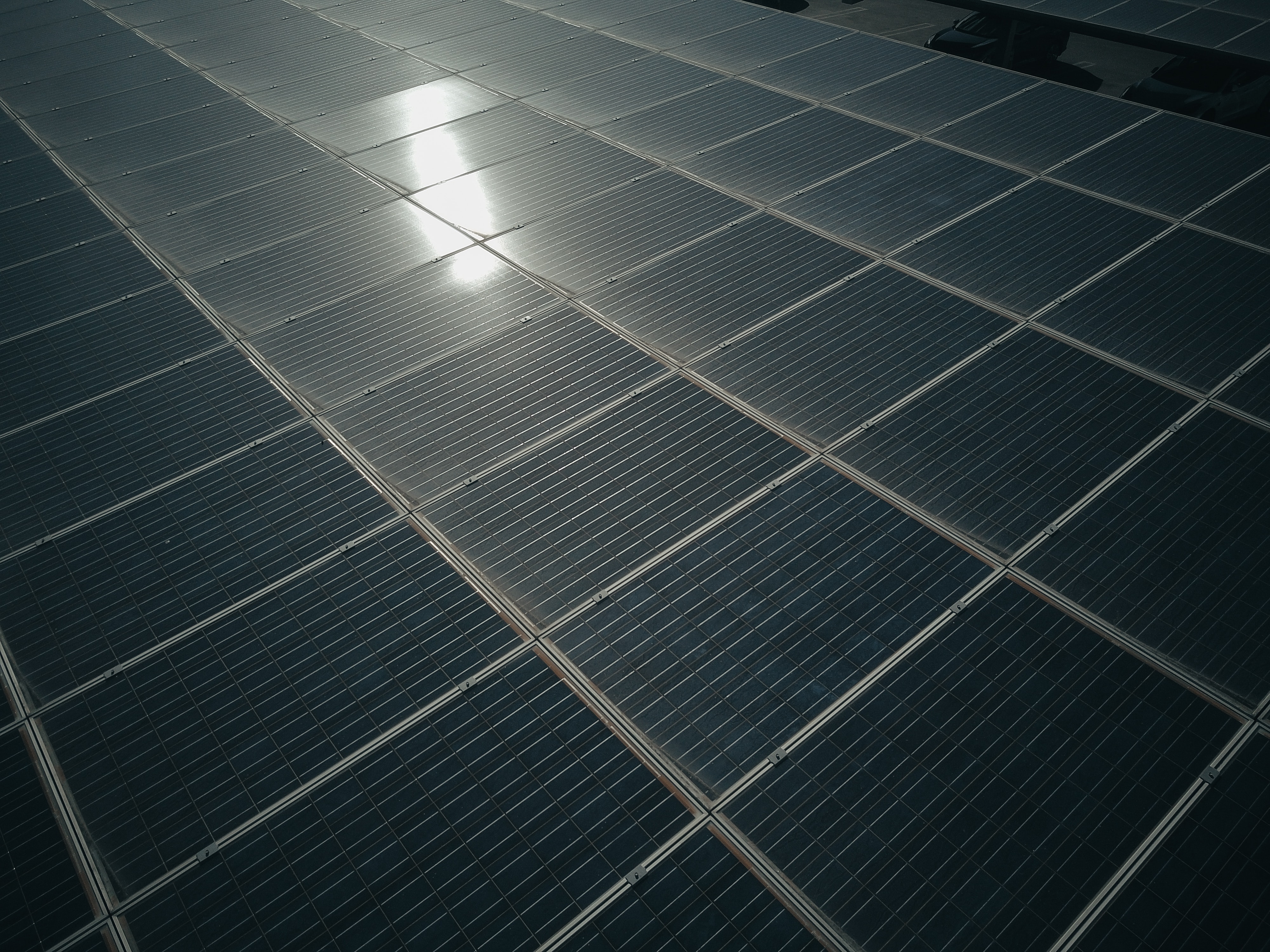With our interest in the circular economy it’s no surprise that refurbishing bikes is something we can get behind. What exactly goes into refurbishing a bike though? On a small scale not all that much. It can even be done pretty easily at home. Of course that doesn’t come with the same guarantees that an organization can give but it is doable.
Operating at a larger scale isn’t all that different. Except parts are more likely to come from scrap bikes instead of bought in specifically and there’s a bigger output. In terms of process the biggest difference probably lies in quality control. A bike that isn’t perfect is still a completed project in your back garden. Subpar bikes leaving a professional is a safety hazard so bikes are put to the test.
So with our recent partnership to Fife Bikeworks we thought we’d look at the process of refurbishing a bike.
Step 1. Checking The Bike
This might be the first departure from hobby refurbishment. If you refurbish bikes as a hobby then you’re probably picking up old frames and parts that you know you can do something with. When you’re working on a larger scale and with donations that examination is probably coming a bit later.
The first thing that needs to be done to any bike coming into the workshop is to check to see if it can be refurbished. If a frame needs to be completely welded back together in three different places it’s probably reached the actual end of it’s life.
That doesn’t mean every part has though. Just because an electric bike frame is beyond repair doesn’t mean the battery isn’t still usable. For bikes that aren’t fit to be refurbished themselves they can be stripped for parts. That way a stockpile is built up and each part will get used for it’s full lifespan. Not the lifespan of the broken part.
Some bikes might be pretty clear from the offset. That example of a weld in three places probably won’t take long to spot. Other bikes will require a closer inspection though. For that the bike is disassembled and examined to ensure quality. This is also true of parts coming from scrap bikes. To ensure the highest quality possible components are disassembled.
Step 2. Rust Treatment
It probably won’t come as a surprise that rust can be a killer for a metal bike frame. If there are any signs of rust when the bike is being checked they need to be taken care of. That means stripping back paint jobs, removing the rust and adding a rust prevention primer to the bike.
This isn’t the most complex job in the world but if it’s not done and the rust spreads it will eat away at a bike. For shallow rust this can be as simple as using an abrasive to bring it back to bare metal and chemically treating the area. For deeper rust problems you may need to use a chemical rust remover from the outset.
It’s important to follow up rust removal with rust prevention though. An anti-rust primer is a great addition to a bikes pre-paint prep to make sure it really lasts as long as it can.
Step 3. Repairing Components
The process here varies depending on the material a bike is made from. A thermoplastic bike frame can be heated and reformed for example, while a cracked steel frame will need to be welded.
The main idea is the same though, restoring the geometry and integrity of the frame and componentry of a bike to be rideable. That could be anything from reshaping the frame to replacing the bolts holding the motor together.
This is where most of the variation is. Each bike and component comes with it’s own challenges. Some will barely need anything more than a touch up, while others will need to be reshaped and welded.
But whether the new bike just needs a spoke replaced or whole new wheel rims it needs to be done to a high enough standard to be resold. That’s why experts are looking over any bikes that pass through to ensure they are structurally sound and not just cosmetically enhanced.
Step 4. Painting
The cosmetics aren’t an after thought either though. When a bike is stripped of paint it needs a fresh coat, that’s not just for aesthetics but also to give it a protective coating. The best way to prevent rust is to prevent moisture reaching the metal afterall.
Painting a bike can be a time consuming process. The paint needs time to cure in order for the bike to be assembled without damaging it. The other important thing to remember is the quality of the paint. Low quality paint doesn’t last very long, but it also contains more VOCs (volatile organic compounds) that can be harmful to the environment.
Step 5. Final Prep
Once everything is repaired and painted, new parts grabbed from salvaged parts in the warehouse, it’s time to give everything a final inspection. There’s no point in putting a component back onto a frame if it’s not fit to ride, and human error happens so it’s best to be safe.
Some of the things looked out for here are loose fittings on components or parts that need to be degreased further. Anything that needs to be fixed and cleaned is and then once the mechanic is sure that everything is going to fit together properly it’s time to finally build.
Step 6. Building the Bike
The only thing that might have been salvaged from an old bike is the wheels. Or maybe the opposite, everything was perfect and it just needed a once over and some rust repair. No matter what the case is the bike will be rebuilt or the parts reused at this point.
Once the bike is reassembled, with all of it’s new parts it needs to be checked. That means putting it under a little bit of stress and making sure it can ride safely. If a bike can’t be ridden safely then it can’t leave the workshop.
Step 7. The Next BIke
Bike parts from old bikes come together to create a new bike that extends the life of each of its parts. In this way the bike becomes part of a growing circular economy that gets the most out of every piece. The bike can then be sold on to give everyone a chance at owning a bike while making the industry just a little bit greener.
That’s really the point of all of this. Small scale refurbishing projects in your garden are fun but they aren’t going to change an industry. Larger scale projects like Fife Bikeworks allow the industry to begin to change for the better.
For us the circular economy isn’t just about rebuilding some old bikes, it’s about rebuilding the whole industry.



